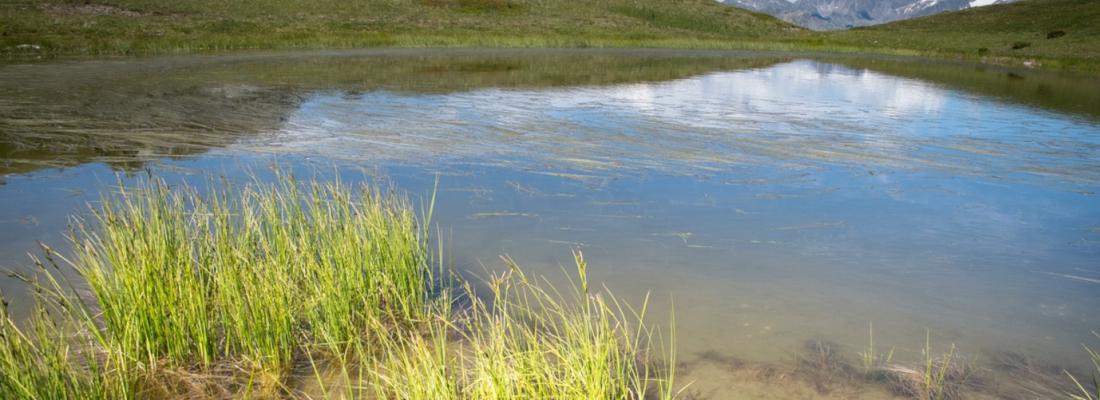Climate change and risks Reading time 3 min
Most of the carbon sequestered on land is stored in soil and water
Published on 21 March 2025

Recent studies have shown that carbon stocks in terrestrial ecosystems are increasing, mitigating around 30% of the CO2 emissions linked to human activities. The overall value of carbon sinks on the earth's surface is fairly well known—as it can be deduced from the planet's total carbon balance anthropogenic emissions, the accumulation of carbon in the atmosphere and the ocean sinks—yet, researchers know very little about carbon distribution between the various terrestrial pools: living vegetation—mainly forests—and nonliving carbon pools—soil organic matter, sediments at the bottom of lakes and rivers, wetlands, etc. This nonliving carbon is derived in particular from the excrement and decomposition of dead plants and animals, and eventually becomes food for soil organisms. While the mechanisms by which carbon accumulates in living biomass are well known—photosynthesis in particular—variations in the nonliving carbon pools are largely unknown and very difficult to measure.
Researchers measured fluctuations in total terrestrial carbon stocks by harmonising a set of global estimates based on different remote sensing technologies and field data between 1992 and 2019. They combined their global estimate with the recent compilation of carbon exchanges between land, atmosphere and oceans to distribute terrestrial carbon accumulation between living and nonliving carbon pools.
A 30% increase in terrestrial carbon sinks over the last decade
The research team, coordinated by Yinon Bar-On (California Institute of Technology), found that around 35 gigatonnes of carbon were sequestered on the Earth's surface between 1992 and 2019. This accumulation of terrestrial carbon has increased by 30% over the last decade, from 0.5 gigatonnes per year to 1.7 gigatonnes per year. Yet, vegetation, mainly forests, accounts for only 6% of these carbon gains. Until now, forests were considered to be the main carbon sinks, however, disturbances linked to climate change or human activities—fires, deforestation, etc.—have made them increasingly more vulnerable and now, in certain situations, they could emit almost as much carbon as they accumulate. Nevertheless, they remain important carbon stocks that need to be protected.
The main terrestrial carbon sinks are more enduring
The results show that a substantial fraction of terrestrial carbon accumulation mechanisms is linked to the burial of organic carbon in anaerobic environments, such as the bottoms of natural and artificial bodies of water. More surprisingly, the results indicate that a significant proportion of terrestrial carbon sinks could be linked to human activities such as the construction of dams or artificial ponds, or even the use of timber. A positive outcome of this study is the discovery that the majority of terrestrial carbon gains are sequestered in a more enduring manner, compared to in living vegetation.
The lack of data on carbon accumulation in soils, bodies of water and wetlands has led current dynamic global vegetation models to greatly overestimate the role of forests in terrestrial carbon sinks. This study identifies key processes in terrestrial carbon accumulation that are not included in current models. As a result, this data could serve as a valuable resource for validating future dynamic global vegetation models in living plant biomass.
Reference
Bar-On Y. M. et al. (2025). Recent gains in global terrestrial carbon stocks are mostly stored in non-living pools. Science. DOI : 10.1126/science.adk1637
